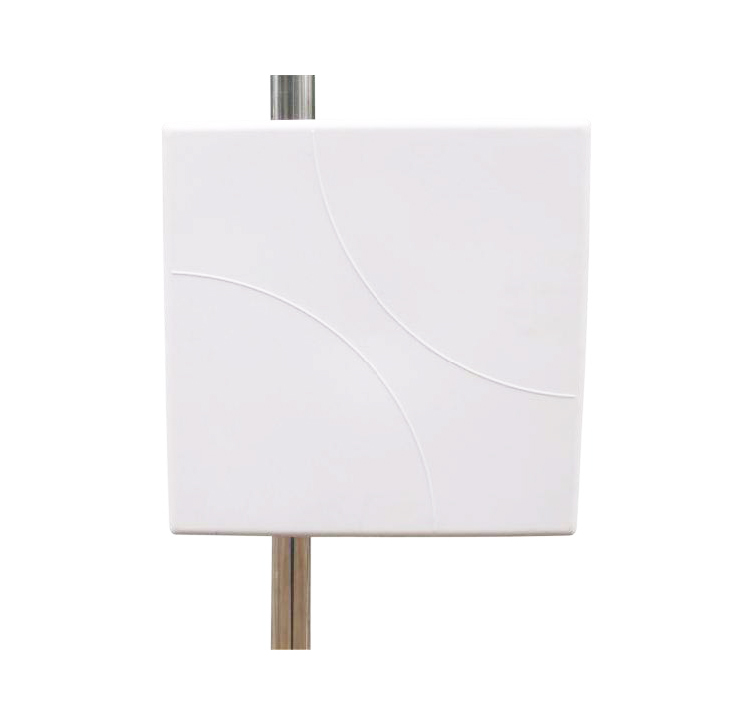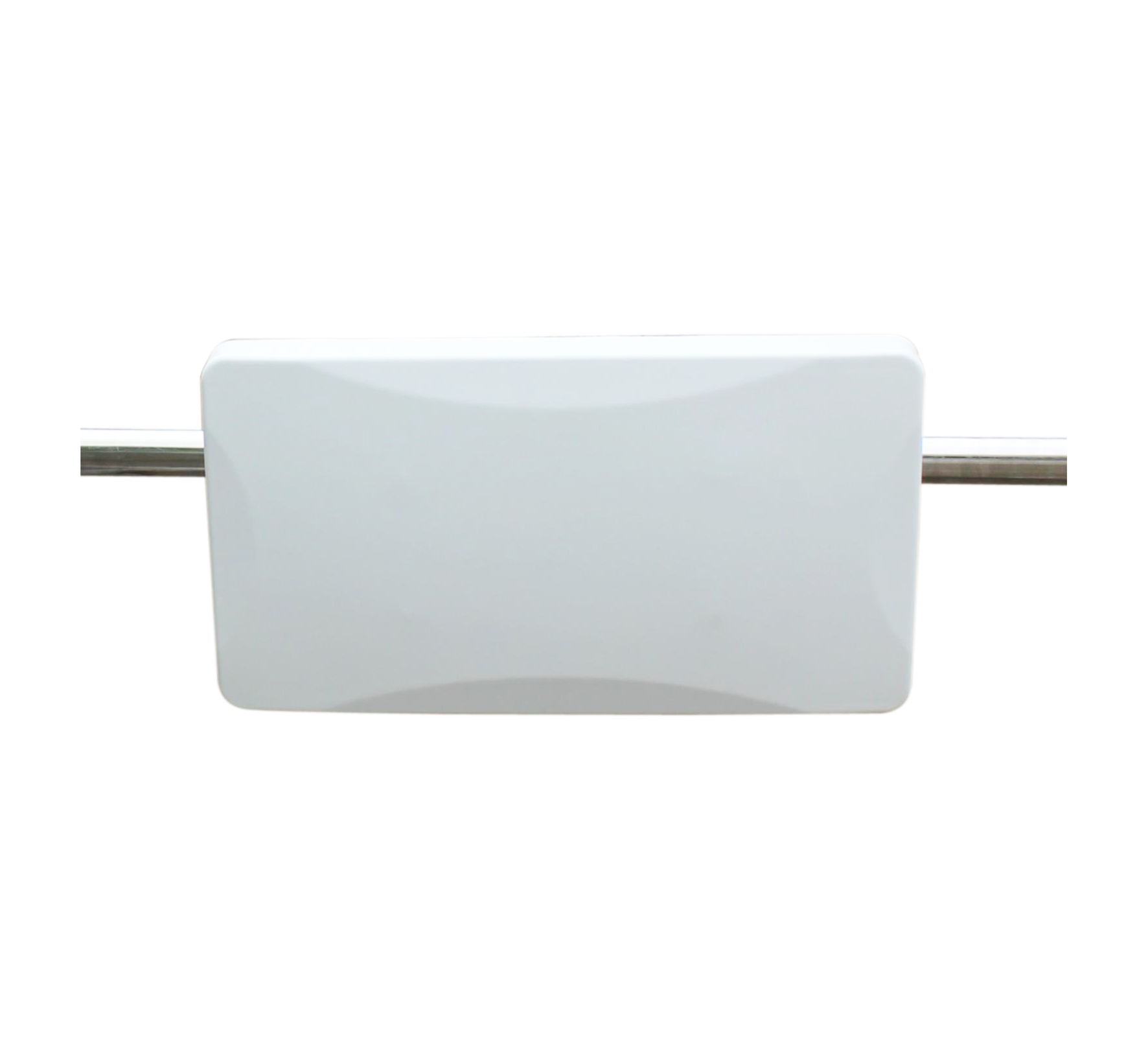Radio Frequency Identification (RFID) technology has become a cornerstone in modern inventory management, asset tracking, and various automation processes across industries. At the core of this technology lies the RFID antenna, a pivotal component that enables seamless communication between RFID readers and tags. In this article, we will delve into what RFID antennas are, how they work, their features and advantages, and applications across different sectors, and conclude with an introduction to BBT ANTENNAS, a leading provider of RFID antennas.
What is an RFID Antenna?
An RFID antenna is a device that transmits and receives radio frequency (RF) signals in an RFID system. It serves as the bridge between the RFID reader and the RFID tags. The antenna converts electrical signals from the reader into electromagnetic waves that travel through space. When an RFID tag enters the antenna's range, it receives power from these waves and responds by sending back its unique identification information.
How Do RFID Antennas Work?
RFID antennas operate by creating an RF field around them. When an RFID reader sends out a signal, the antenna generates electromagnetic waves that activate nearby RFID tags. The tag then modulates this signal with its data and sends it back to the reader through the antenna.
The efficiency of an RFID antenna is influenced by several factors:
Frequency Range: Different types of RFID systems operate at various frequencies—Low Frequency (LF), High Frequency (HF), and Ultra High Frequency (UHF). Each frequency has distinct characteristics regarding read range and speed. For instance, UHF systems are known for their longer read distances and faster data transfer rates compared to LF and HF systems.
Antenna Gain: This refers to how effectively an antenna can direct radio waves in a specific direction. Higher gain antennas can transmit signals over longer distances, making them ideal for extensive coverage applications.
Polarization: Antennas can be linearly or circularly polarized. Circularly polarized antennas are advantageous in environments with unpredictable tag orientation, as they can read tags from multiple angles without losing performance.
Impedance Matching: Proper impedance matching between the antenna and the RFID chip minimizes signal reflection and loss, enhancing reading distance and accuracy.
Advantages of RFID Antennas
RFID antennas come with several key features that enhance their performance:
Versatility: They can be used in various applications ranging from retail inventory management to access control systems. This versatility allows businesses to implement RFID solutions tailored to their specific needs.
Real-Time Tracking: One of the most significant advantages of using RFID antennas is their ability to provide real-time tracking of items. This capability improves inventory accuracy, reduces manual labor, and enhances operational efficiency.
Durability: Many modern antennas are designed to withstand harsh environmental conditions, making them suitable for outdoor use or in industrial settings where exposure to dust, moisture, or extreme temperatures is common.
Scalability: As businesses grow, their tracking needs may change. RFID systems can be easily scaled by adding more antennas without significant infrastructure changes or disruptions to existing operations.
Cost Efficiency: By automating tracking processes through the use of RFID technology, businesses can reduce labor costs associated with manual inventory management while improving overall operational efficiency.
Applications of RFID Antennas: Diverse Solutions for Modern Challenges
RFID antennas are transforming various industries by providing tailored solutions for a wide range of applications:
File Cabinet Management: Automate document tracking by attaching RFID tags to files, allowing for quick location and status monitoring, significantly reducing manual effort.
Warehouse, Shelving, and Access Control Management: Enhance inventory accuracy and streamline operations in warehouses with real-time tracking. RFID systems also improve security by managing access to buildings and restricted areas through RFID key cards.
Livestock Management: Monitor and track livestock efficiently with RFID tags, enabling farmers to manage health records and movements accurately, thus reducing manual labor.
Customized Dock and Container Vehicle Long-Range Identification: Improve logistics by using RFID tags on shipping containers for automatic tracking at key checkpoints, enhancing security and operational efficiency.
Other Broader Identification Applications: RFID technology is versatile, finding applications in supply chain management, healthcare, retail, and more, making it a valuable tool for enhancing efficiency and accuracy across various sectors.
Discover the Excellence of BBT ANTENNAS: Your Trusted Partner in RFID Solutions
BBT ANTENNAS is a leading provider of high-quality antennas designed to meet diverse industry needs. With over 30 years of experience in wireless communication technology, we specialize in developing innovative antenna solutions that enhance performance across various applications.
At BBT ANTENNAS., we understand that every business has unique requirements. That's why we offer a wide range of antennas tailored for different sectors, including logistics, retail, healthcare, agriculture, manufacturing, and more. Our dedicated team is committed to delivering exceptional customer service while helping you find the right solutions for your specific needs.
Conclusion
In conclusion, RFID antennas are essential components that enhance the performance of RFID systems across various applications.
If you're looking for reliable and innovative antenna solutions to enhance your operations, look no further than BBT ANTENNAS. Visit our website or contact us today to explore our extensive product offerings and discover how we can help you achieve your business goals with our advanced antenna solutions!



